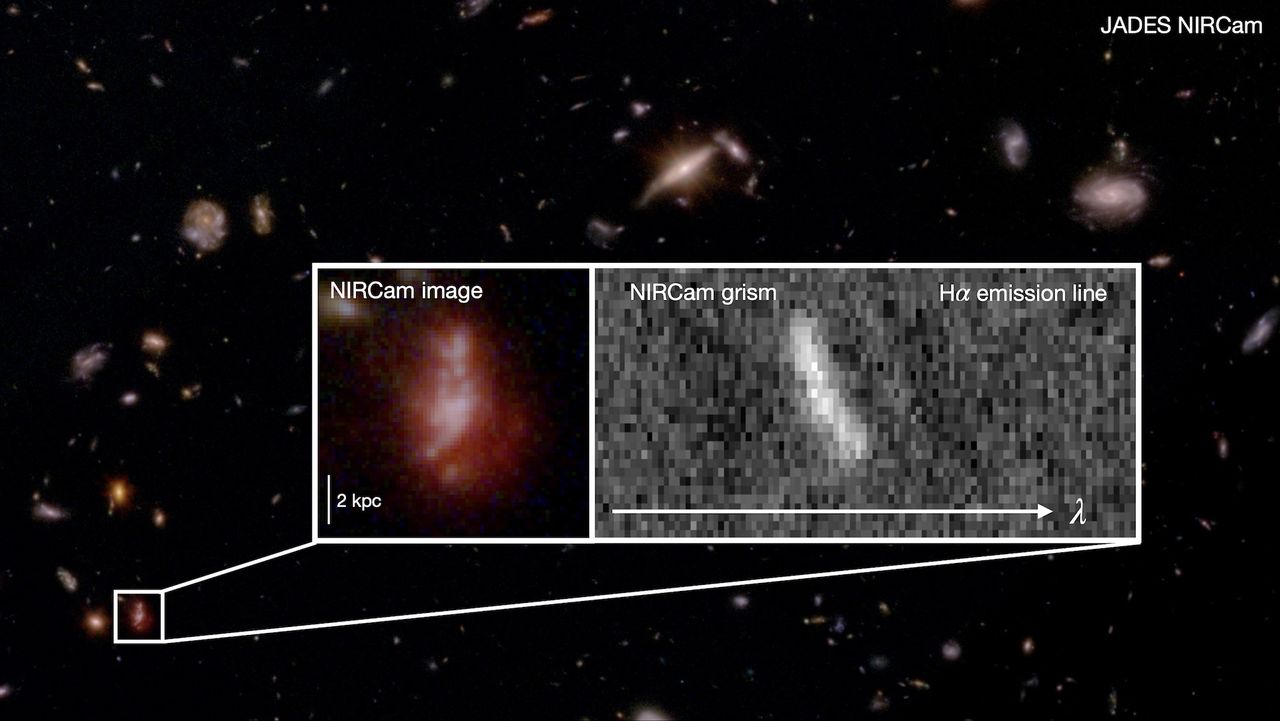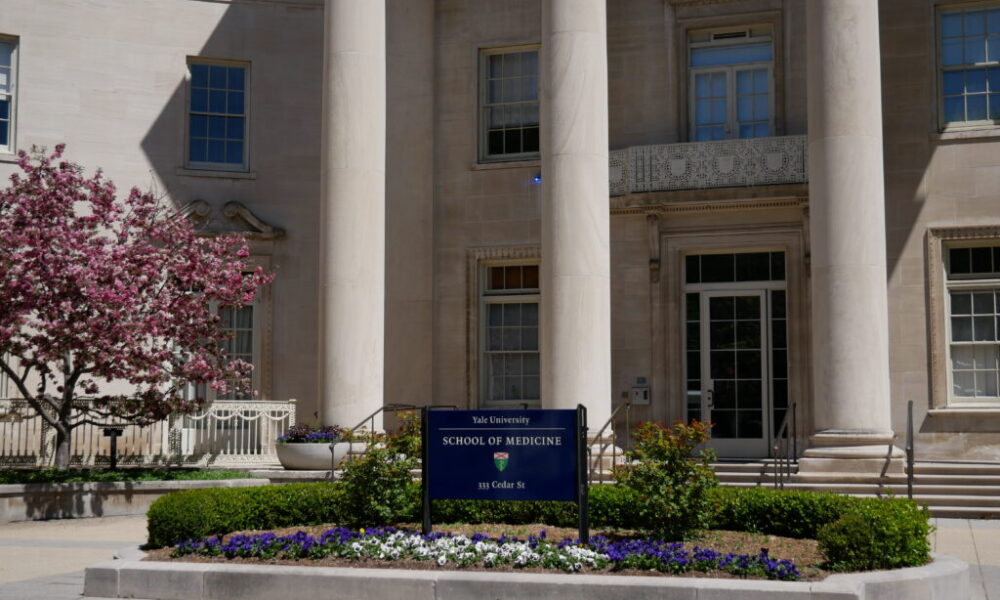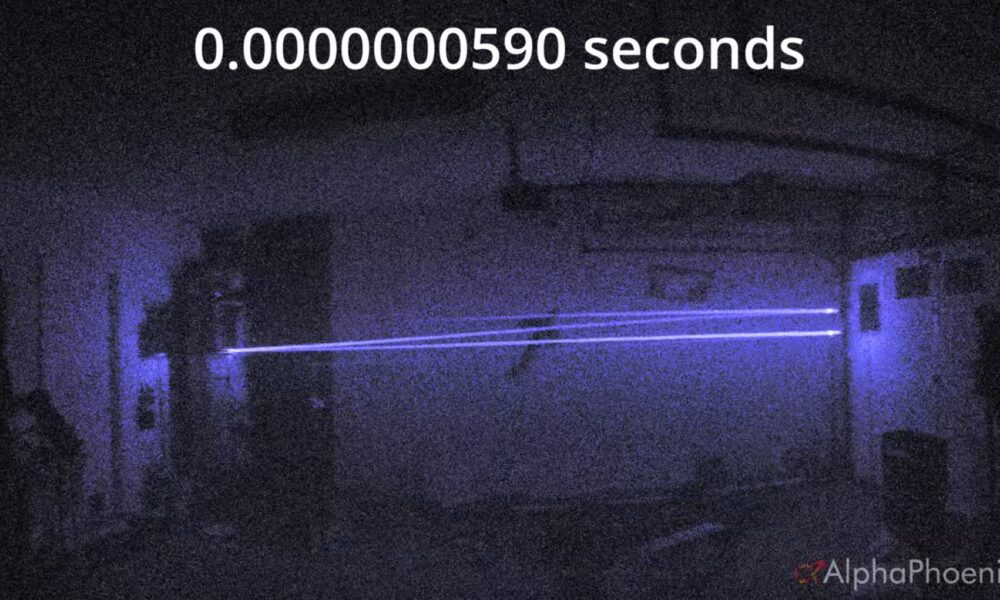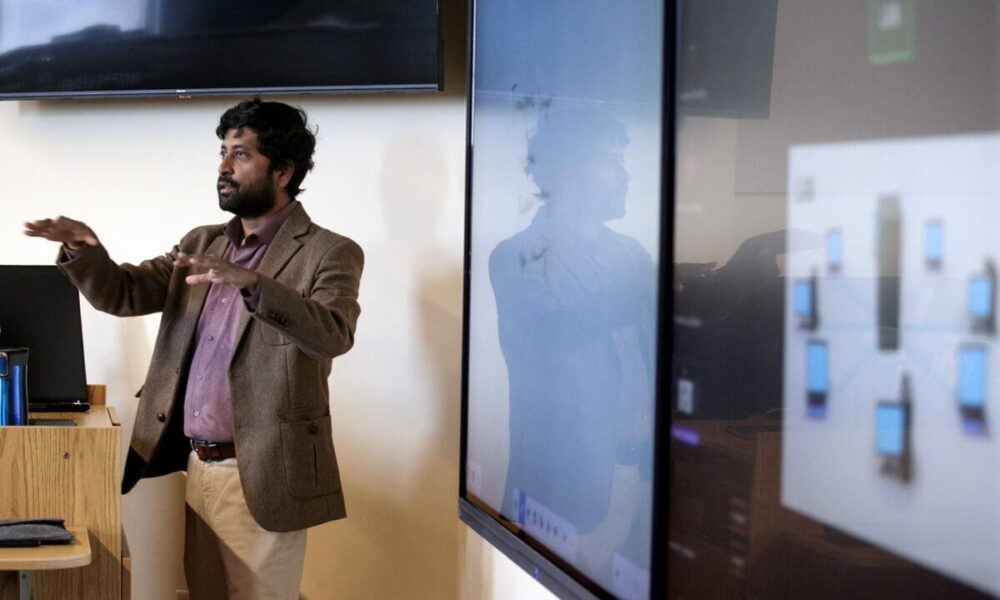A new study utilizing the James Webb Space Telescope (JWST) has unveiled that galaxies in the early universe exhibited much more chaos than previously understood. By examining over 250 galaxies dating back to a period between 800 million and 1.5 billion years after the Big Bang, researchers discovered that these celestial bodies were in a tumultuous phase of their development.
The findings, published on October 21, 2023 in the Monthly Notices of the Royal Astronomical Society, highlight the instability of these early galaxies, likening them to “cosmic toddlers” struggling to settle down. Lead author Lola Danhaive, a doctoral candidate at the University of Cambridge‘s Kavli Institute for Cosmology, explained that their focus on less massive galaxies revealed what the team termed “messy kinematics.” This indicates that the galaxies studied were not stable, rotating disks like our own Milky Way.
Danhaive noted that previous studies often concentrated on larger, more orderly galaxies, which skewed the understanding of early cosmic turbulence. “We find evidence that this turbulence in the [galaxy] disk is caused by high amounts of gas, which fuels intense star formation and drives gravitational instabilities,” she stated in an email to Live Science.
Understanding the Evolution of Galaxies
The research team was able to chart how these chaotic structures transformed into the more regular patterns characteristic of mature galaxies. Danhaive elaborated, stating, “At early times, galaxies are undergoing a turbulent phase of assembly, where strong bursts of star formation and high amounts of gas disrupt the ordered motions of the gas disk.” Over billions of years, as galaxies accumulated mass and consumed available gas, they became increasingly stable.
The study underscores a significant shift in the perspective of galaxy formation, revealing that the structures we see today, like the Milky Way, formed much later as the gas was depleted. This shift allows for smoother growth and changes in mature galaxies compared to their more chaotic youth.
The Role of the James Webb Space Telescope
The groundbreaking research would not have been feasible without the capabilities of the JWST, which operates in a distant, gravitationally stable location, free from Earth’s stray light. This advanced infrared telescope can delve deeper into space than its predecessors, routinely uncovering some of the earliest galaxies in existence.
“The JWST, paired with simulations, is helping researchers better understand ‘bursty’ star formation and how gas influences a galaxy’s disk,” Danhaive noted. The study opens new avenues for exploring early galaxy formation dynamics.
Looking ahead, the research team plans to investigate the inflows and outflows of gas in individual galaxies, examining how gas was chemically enriched. They anticipate that inflowing gas will be less enriched, or “pristine,” while outflowing gas will contain more chemical components due to contributions from stars within each galaxy.
“There is so much more to uncover with JWST’s amazing capabilities, and we look forward to exploring many more aspects of early galaxy formation,” Danhaive concluded. This exciting research not only reshapes our understanding of the universe’s infancy but also sets the stage for future discoveries in cosmic evolution.







